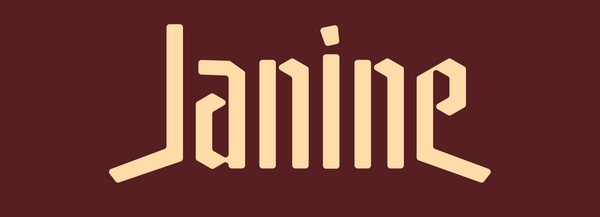Eyeglasses, now essential to millions of people, have a rich history spanning centuries. From their humble beginnings to their current role as a fashion accessory and technological tool, let's discover how glasses have evolved and transformed our perception of the world.
The First Steps: From Antiquity to the Middle Ages
The history of eyeglasses dates back long before the invention of the first corrective lenses. The Egyptians and Romans already used crystals and polished stones to magnify the image of objects. These early optical devices were rudimentary, but they demonstrate the ancient interest in improving vision.
The first devices similar to modern eyeglasses appeared in the Middle Ages. Towards the end of the 13th century, monks and scholars in Italy used "reading stones"—biconvex lenses mounted on a stand. These stones were essential for scribes and copyists, who spent long hours reading and writing, making their work easier.
The Birth of Modern Eyeglasses
The real turning point in the history of eyeglasses came in the 13th century with the invention of the first spectacles with temples. Venetian artisans, renowned for their glassmaking expertise, began making corrective lenses mounted on wooden or horn frames. These glasses were primarily designed to correct presbyopia, an age-related vision disorder, allowing wearers to read and work up close.
The popularity of eyeglasses spread rapidly in Europe, particularly during the Renaissance, facilitating access to reading and education. This era, marked by an explosion of knowledge and art, saw eyeglasses become a valuable tool for scholars and intellectuals.
The Evolution of Eyeglasses in the Early 19th Century
By the early 19th century, several distinct types of eyewear had emerged, reflecting diverse needs and preferences:
- Pince-nez: Frames without temples that attach directly to the nose using a spring, popular for their simplicity and elegance.
- Binoculars: Portable hand-held glasses, often used for reading and valued for their portability.
- Monocles: A single lens worn in a single eye socket, often associated with elegance and sophisticated style.
These different types of glasses marked a significant transition period, with designs evolving to adapt to the needs of society.
Glasses in the 20th Century: Industrial Revolution and Stylistics
The 20th century brought an industrial and stylistic revolution to the world of eyewear. The invention of plastics and mass-production processes made eyewear more accessible and affordable to the general public.
Glasses became a true fashion accessory, with designers such as Ray-Ban and Persol introducing iconic models. Later, luxury brands such as Gucci and Prada also entered the market, adding a touch of glamour and social status to glasses.
- Early 20th century: Metal-framed eyeglasses appeared, offering lightness and durability. Tortoiseshell frames became popular for their distinctive style and quality craftsmanship.

Glasses Today: Technology and Personalization
Today, eyewear goes beyond simply correcting vision; it incorporates technological advances that improve our comfort and protection. Multifocal, photochromic, and polarized lenses provide clear vision in a variety of conditions, while modern technologies allow for more personalized designs than ever before.
The rise of customization has allowed everyone to choose frames that reflect their personality and lifestyle, transforming eyewear into a unique fashion accessory.
Eyeglasses have come a long way from their ancient beginnings to their current role as a combination of technology and fashion. Whether you wear them for reading, driving, or simply as a stylish accessory, eyeglasses are the result of a fascinating and complex history. The next time you put on your glasses, remember how far we've come to arrive at these little masterpieces of technology and design.





